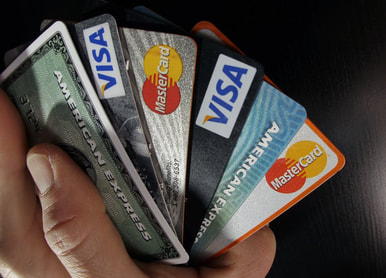| Identity theft protection you may not know you already have While there's no way to eliminate the risk of fraud completely, you can minimize it. By Bev O’Shea NerdWallet - FEBRUARY 15, 2020 — 8:43A |
Your chances of being affected by a data breach are about 1 in 15 in any single year — and it’s virtually guaranteed that your identity will be compromised sometime in your lifetime, said James E. Lee, chief operating officer of the Identity Theft Resource Center, a nonprofit that assists identity theft victims.
While there’s no way to eliminate the risk completely, you can minimize it.
You can purchase ID theft-protection services, which can cost $200 or more per year. But you may also have access to free or low-cost services you can activate. Sources could include your bank or credit union; your credit card issuers; your employee-benefits plan; your homeowners or renters insurance, and organizations you belong to, such as AAA or AARP.
Also, if you are affected by a data breach, you will likely be offered free credit or identity theft monitoring for a time.
Lee suggests checking your choices, picking the protection you like best and activating it.
On the other end of the spectrum, cybersecurity and ID theft expert Robert Siciliano, head of training at Protect Now, signs up for all the free protection he can get.
“I am of the notion that the more awareness you have, the better,” he says. “I get alerts all the time, and I love that.”
There are two main types of identity-theft protection. The first is monitoring. At its simplest, it notifies you when your credit is checked. It generally goes beyond just credit monitoring and adds things like fraud resolution services or lost wallet protection.
The second type, identity-theft recovery assistance and insurance, is designed to help you clean up the effects of identity theft.
Insurance generally helps victims recover financial losses and money spent as a result of identity theft. Plans can be as different as health insurance policies, Siciliano warns. The types and amounts of coverage vary, and so can the documentation required to access them. Read the terms and conditions or terms of service, and know what receipts or records you might need to provide.
The best way to reduce risk is to make yourself less of a target. A credit freeze is the closest you can come to a rock-solid guarantee that scammers cannot access your personal credit data. Both Lee and Siciliano recommend it as the first line of defense. Other strategies include choosing long passwords, avoiding recycled passwords, and using two-factor authentication when it’s offered.
E-mail: boshea@nerdwallet.com. Twitter: @BeverlyOShea.



 RSS Feed
RSS Feed